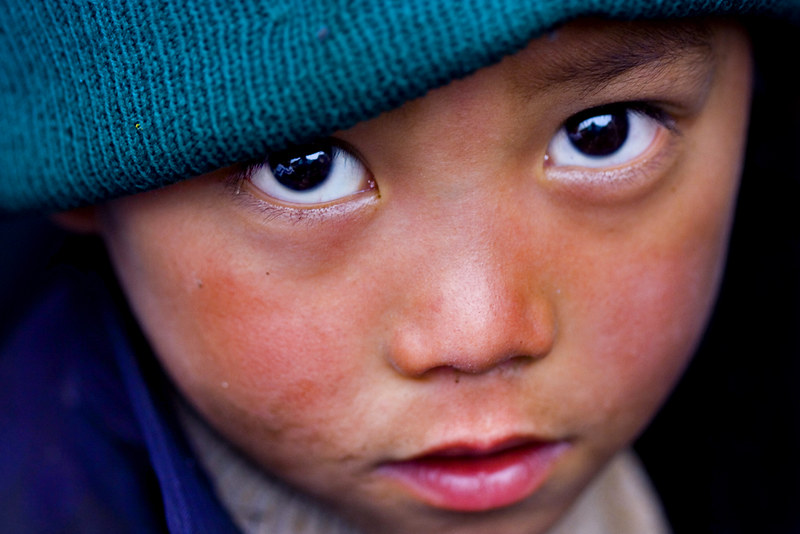Child Soldiers in Vietnam: The Cost of War on Children


The Vietnam War
The Vietnam War lasted more than two decades and divided North and South Vietnam. The United States backed the South, sending around 536,000 troops. After World War II, both regions sought reunification but envisioned different futures. The North, inspired by the Cold War and Soviet influence, aimed to establish a communist state, while the South opposed this ideology. The war caused extensive loss of life and economic damage. More than 3 million people died, including 2 million Vietnamese civilians. By the time the war ended in 1975, Vietnam’s economy ranked among the poorest in the world.
Child Soldiers in Vietnam
Vietnamese children experienced wartime hardships that forced them to grow up quickly. Many became homeless overnight and lost access to consistent education due to the constant threat of attack. Children as young as 13 joined the Vietnamese Communist Party’s military efforts. They were trained in guerrilla warfare and participated in attacks on South Vietnamese and American forces. Child soldiers in Vietnam were so prominent in the war that there were military awards specific to children such as “Iron Fort Children” or “Destroyer of the Yanks.” These child soldiers were also given the title of “Tiny Guerilla.” The Tiny Guerillas were not drafted; many volunteered due to social pressures and economic hardship. Interviews and academic accounts suggest that promises of national prosperity and purpose motivated them to join the Viet Cong.
Children’s Rights After the War
Following the war, Vietnam introduced legal protections for children through the Convention on the Rights of the Child. The 2013 Constitution and new laws outlined regulations regarding children’s participation in civic life, including the military. These laws aim to prevent the future use of child soldiers in Vietnam.
Postwar Economic Effects
The post-war toll on Vietnam was devastating. Bombings and landmines destroyed much of the infrastructure and toxic chemicals lingered in the atmosphere. Following the war, Vietnam’s economy ranked among the world’s poorest and the government’s five-year plans were ineffective. However, the introduction of “Đổi Mới” marked a turning point, helping Vietnam become one of the fastest-growing markets, with an economic growth rate of 6 to 7%. Additionally, this policy reduced the poverty rate from 60% to 14% within nine years.
Looking Ahead
Vietnam’s postwar development includes strengthening legal protections for children and preventing their involvement in armed conflict. As the country continues to implement policies aligned with international child rights frameworks, expanding access to education, mental health support and economic opportunities may help address the long-term impacts of war.
Ongoing investment in youth-focused programs, especially in rural and historically affected areas, could support more consistent development outcomes. Collaboration between government, community organizations and international partners can potentially reinforce prevention strategies and improve child welfare systems. While Vietnam has made notable economic progress, continued attention to child protection is relevant in ensuring recovery efforts extend to future generations.
– Sydney Carr
Sydney is based in San Diego, CA, USA and focuses on Business and New Markets for The Borgen Project.
Photo: Flickr
